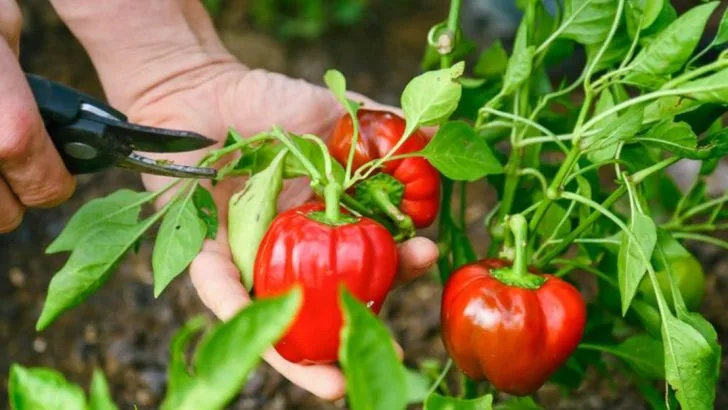Growing hot peppers is an exciting challenge, but underestimating their needs can lead to disappointment. These fiery plants may seem easy to grow, but factors like soil quality, watering habits, and temperature control play a massive role in their success. Some varieties thrive in heat, while others need just the right balance of warmth and shade to produce the spiciest peppers.
It’s not just about planting seeds and waiting for a harvest—spacing, fertilization, and even pollination can make or break your crop. And let’s not forget the heat factor—if you’re handling super-hot varieties like Carolina Reapers, even touching the leaves can lead to an unpleasant surprise. Before diving into pepper-growing, these 13 essential tips will ensure your plants thrive and your harvest is packed with flavor (and fire!).
Selecting the Right Varieties
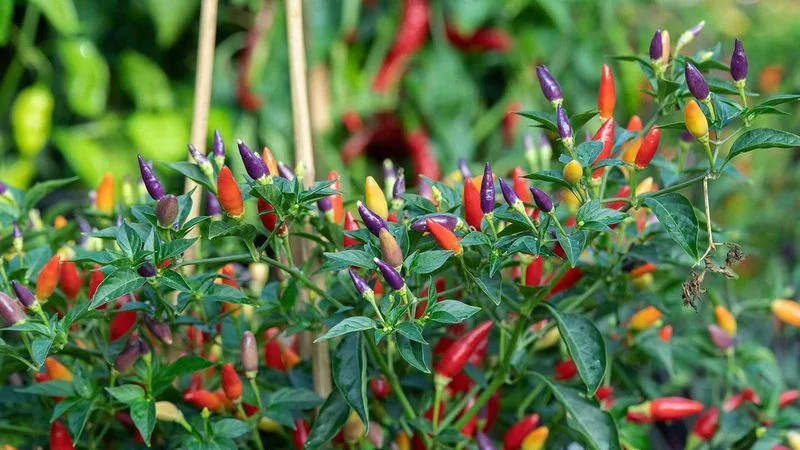
Choosing the right pepper variety is a thrilling first step. With countless options ranging from mild to extremely hot, there’s a pepper for every palate. Consider your tolerance level and intended use – will you be making salsas or drying them for spices? Jalapeños work great for beginners, while ghost peppers cater to those seeking intense heat. Research the Scoville scale to understand the heat levels. Additionally, think about the space available in your garden; some types require more room than others. Your choice will influence not only your gardening experience but also your culinary adventures.
Understanding Soil Requirements
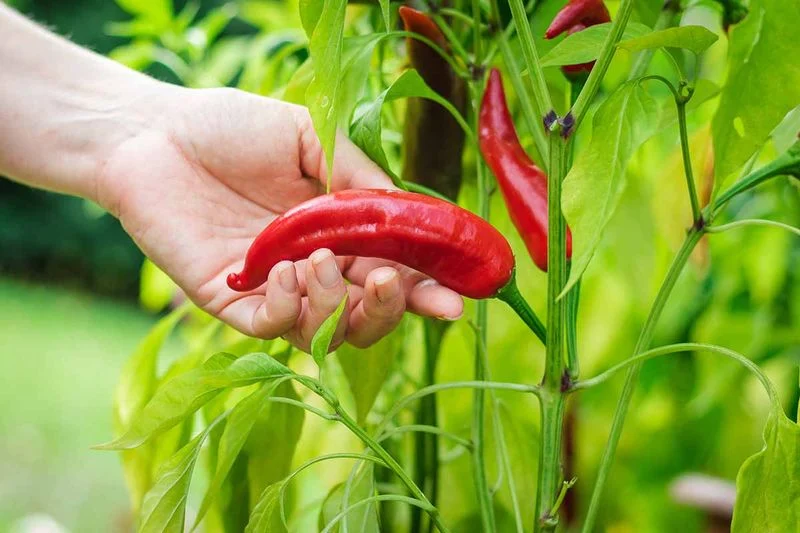
Hot peppers thrive in well-draining, nutrient-rich soil. Before planting, test your soil’s pH; peppers prefer it slightly acidic, around 6.0 to 6.5. Amend with organic matter like compost to boost fertility. Avoid heavy, clay-based soils, as they can lead to waterlogging and root problems. If your garden soil isn’t ideal, consider raised beds or containers where you can control the soil mix. Adding perlite or sand improves drainage. Proper soil preparation sets the stage for healthy growth, ensuring your peppers get the nutrients they need to blossom and fruit abundantly.
Mastering Sunlight Exposure
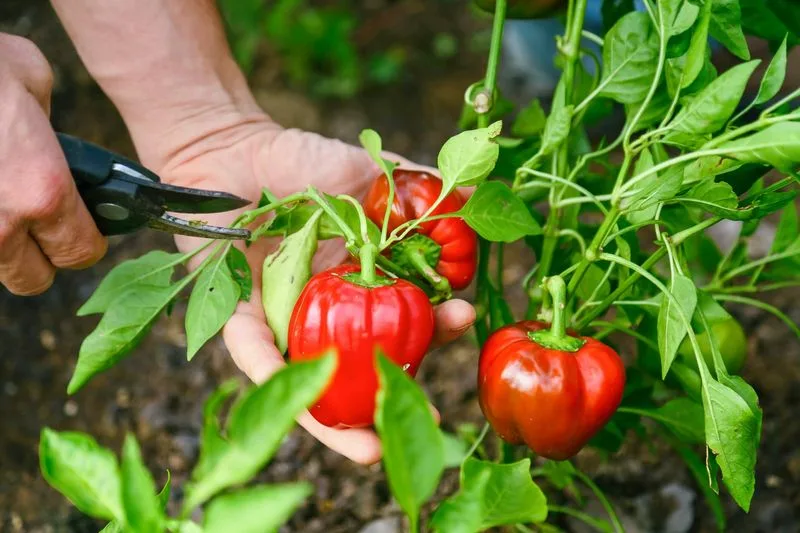
Sunlight is a non-negotiable element for pepper plants. They demand full sun, soaking up at least 6-8 hours daily. Position your garden or containers in a spot that fulfills these light requirements. Shading them risks stunting growth and reducing fruit production. Monitor sunlight patterns throughout the day to ensure consistent exposure. If space is limited, consider vertical gardens or trellises to maximize sun capture. In hotter climates, a bit of afternoon shade can protect against scorching. Balancing sun exposure will bolster your plants’ health and pepper yield.
Watering Wisely
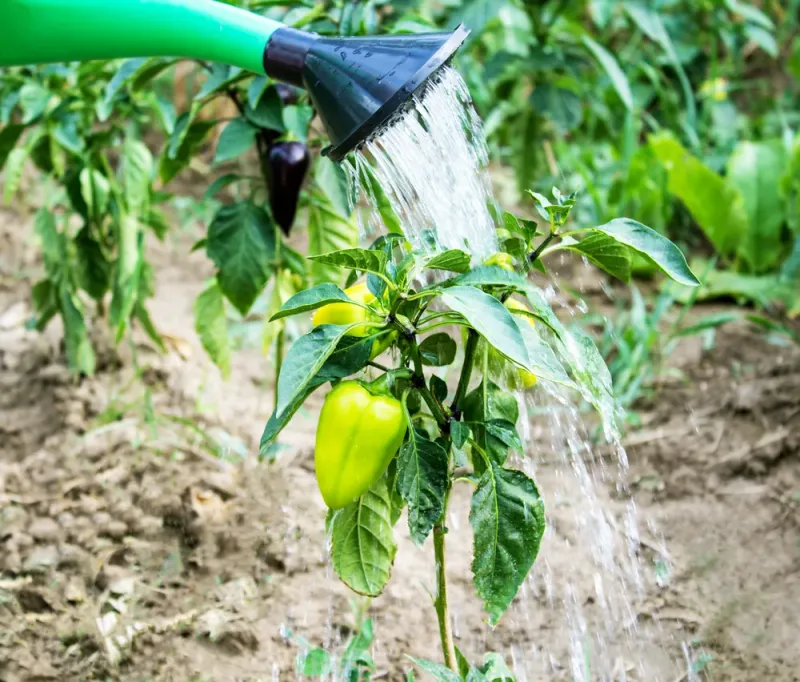
Water management is key to pepper success. While peppers need regular watering, over-saturation can harm them. Aim for consistent moisture but let the topsoil dry between waterings. Mulch helps retain soil moisture and regulates temperature. Morning watering reduces evaporation and fungal problems. Remember, underwatering stresses plants, affecting growth and fruiting, yet overwatering leads to root rot. Tailoring your watering strategy to weather conditions ensures optimal plant health. Employing drip systems or soaker hoses can offer controlled hydration, keeping your peppers flourishing without the risk of drowning.
Fertilizing for Growth
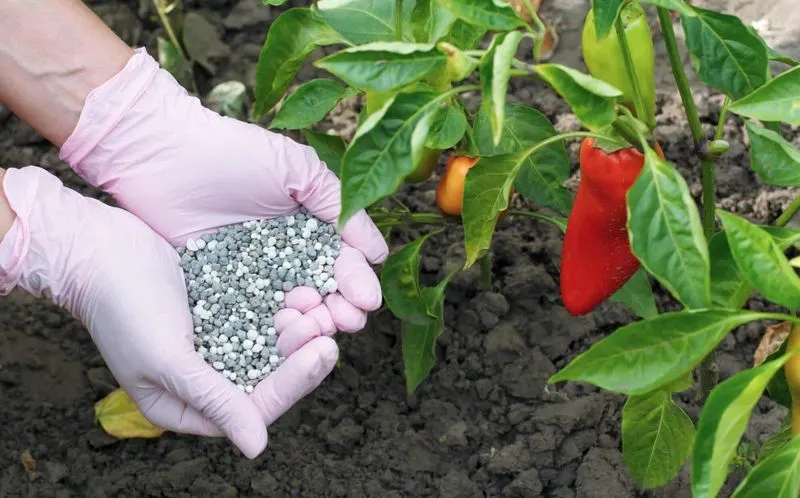
A robust fertilization plan nourishes your peppers. Start with a balanced fertilizer high in phosphorus to support root development. As plants mature, switch to a formula rich in potassium for fruiting. Organic options like fish emulsion or compost tea provide nutrients while enriching the soil. Avoid over-fertilizing; it can lead to excessive foliage and fewer peppers. Understanding your soil’s nutrient needs, possibly through testing, guides your fertilization routine. Timely feeding, especially during flowering and fruiting stages, boosts your harvest, ensuring flavorful, abundant peppers.
Managing Pests Naturally
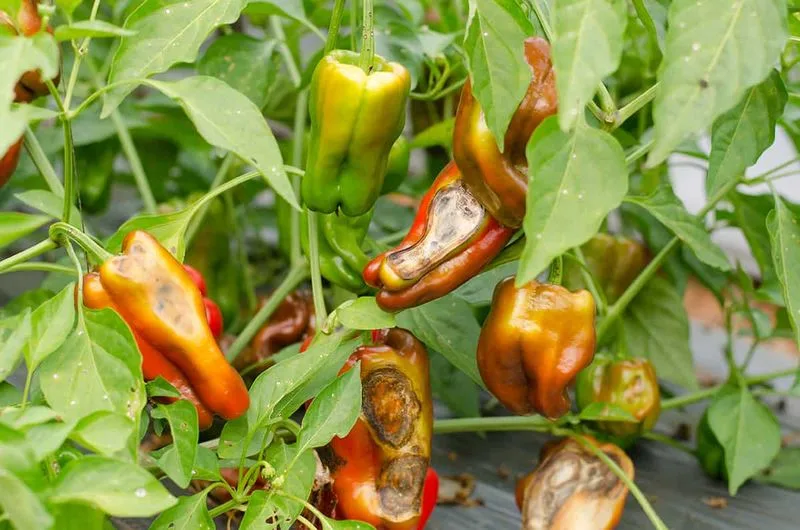
Pests can hinder pepper growth, but natural management techniques offer a chemical-free solution. Companion planting with marigolds or basil deters common pests like aphids and spider mites. Regularly inspect plants for signs of infestation, such as discolored leaves or webs. Handpicking pests or applying neem oil helps manage outbreaks. Encouraging beneficial insects like ladybugs also aids in pest control. Maintaining a clean garden environment reduces pest habitats. These strategies not only protect your plants but also promote a healthier, environmentally-friendly garden ecosystem, free from synthetic chemicals.
Recognizing Disease Symptoms

Awareness of disease symptoms safeguards your peppers. Common issues include leaf spot, blight, and root rot. Regular plant inspections help catch early signs, such as yellowing leaves or unusual spots. Quick identification allows for timely intervention, preventing the spread. Rotate crops annually to avoid soil-borne pathogens. Choosing disease-resistant varieties also minimizes risks. Implementing preventative measures like proper spacing and clean tools protects plant health. Recording observations in a gardening journal aids in tracking patterns and responses, ensuring ongoing vigilance against potential threats.
Pruning for Productivity
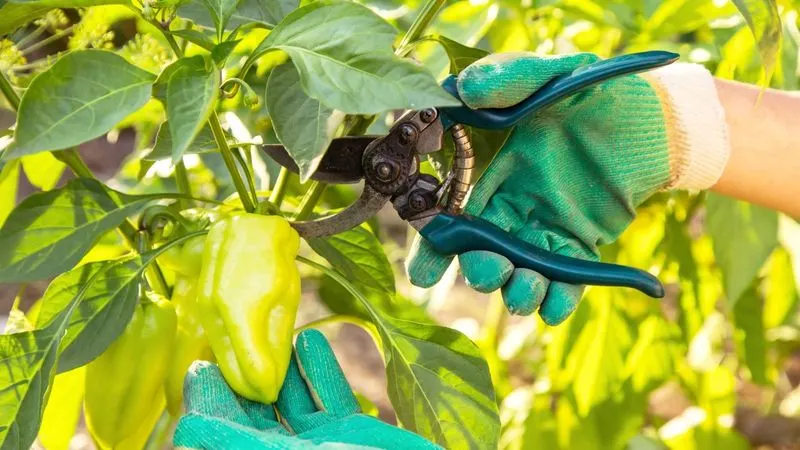
Pruning enhances pepper productivity by directing energy to fruit development. Focus on removing lower leaves and non-fruiting branches. This improves airflow and reduces disease risk. Begin once plants are about a foot tall, removing any suckers and damaged branches. Regular pruning encourages a bushier plant, capable of supporting more peppers. Ensure tools are clean to prevent disease transmission. While it may seem counterintuitive, strategic pruning results in a healthier plant with a more bountiful harvest. Tailor your approach based on plant growth habits, adapting as necessary throughout the season.
Understanding Harvest Timing
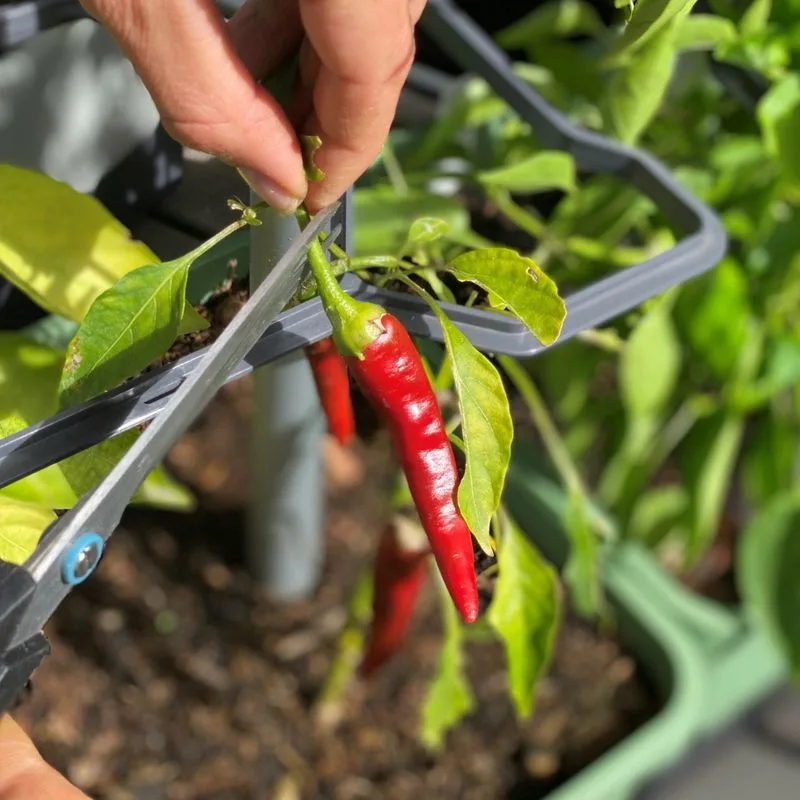
Timing your harvest is crucial for flavor and heat. Peppers change color as they ripen, often becoming sweeter and hotter. Monitor color, size, and firmness to decide when to pick. For most varieties, a deep red indicates full maturity, but green can be harvested for a milder taste. Use scissors or pruning shears to avoid plant damage. Regular harvesting encourages more fruiting. If frost threatens, pick remaining peppers green. Observing these signals ensures you enjoy the full essence of your peppers, whether you prefer a subtle spice or an intense burn.
Preserving Your Harvest
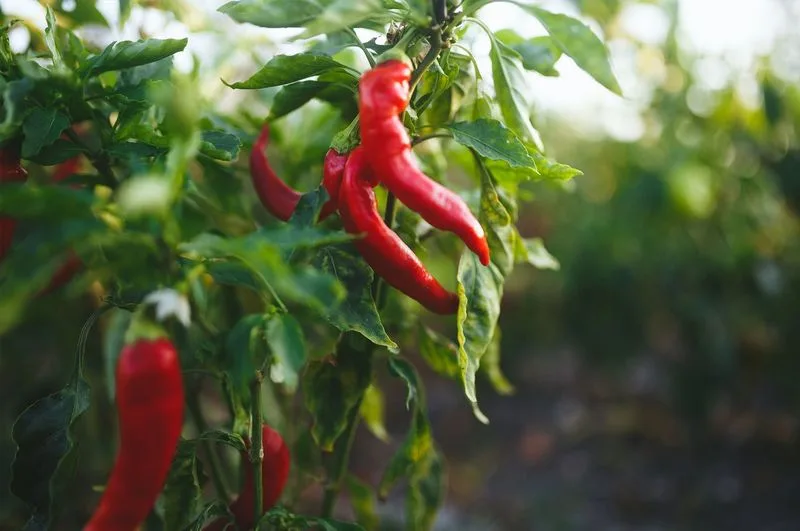
Preservation extends the enjoyment of your pepper harvest. Canning, pickling, and drying are popular methods. Experiment with recipes matching your taste preferences, from sweet pickled jalapeños to fiery dried habaneros. Properly cleaned and sterilized jars prevent spoilage during canning. For drying, use a dehydrator or sun-dry in a well-ventilated area. Freezing peppers maintains their flavor, ideal for adding to winter stews. Each technique captures the essence of your peppers, allowing you to savor their heat long after the growing season ends. Explore these preservation methods to find your favorite way to keep the spice alive.
Saving Seeds for Future
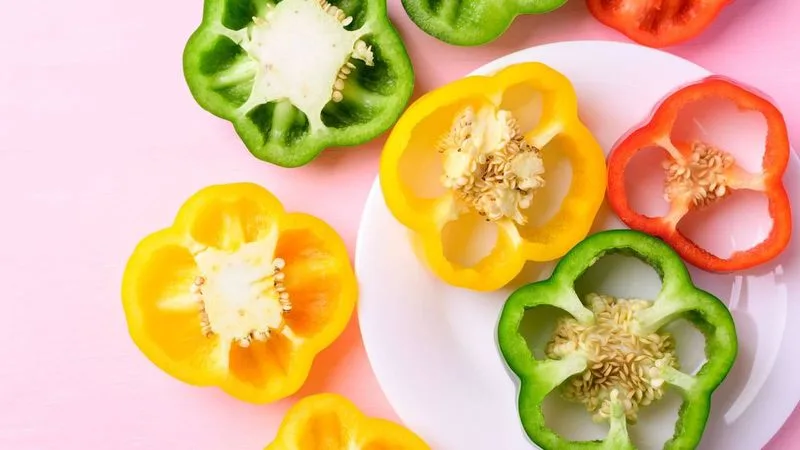
Saving seeds ensures a continuous pepper supply. Choose the most robust plants for seed collection, allowing pods to dry on the plant before harvesting. Carefully extract seeds and spread them on paper to air dry. Label and store in a cool, dark place for optimal viability. Seed saving from heirloom varieties preserves unique traits. This practice not only supports sustainable gardening but also offers the joy of cultivating family-favored types year after year. Understanding seed-saving techniques empowers you to contribute to biodiversity, ensuring future generations can enjoy the same fiery flavors.
Dealing with Weather Challenges
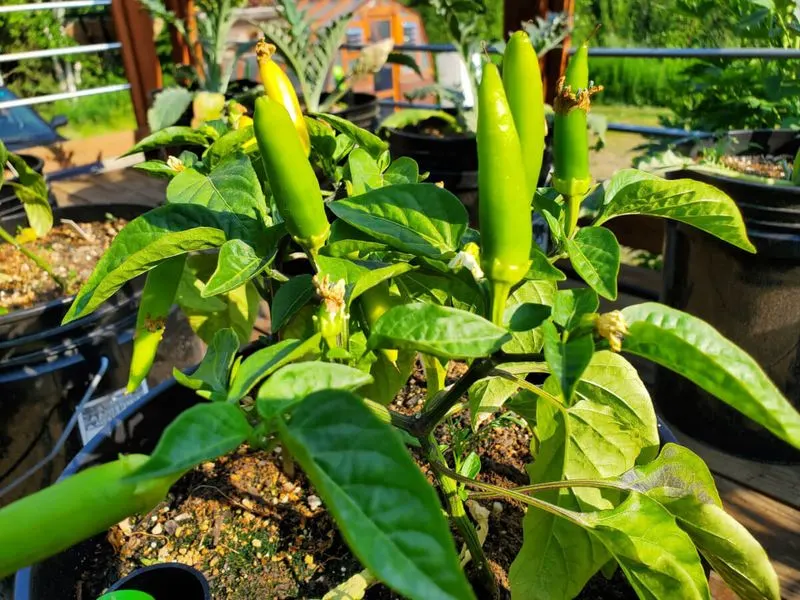
Weather unpredictability requires preparation. Peppers are sensitive to temperature fluctuations, particularly cold. Use row covers to shield plants from chilly nights and sudden rains. In extreme heat, provide temporary shade to prevent scorching. Observing weather forecasts aids in planning protective measures. Raised beds and containers offer flexibility in managing soil conditions during wet spells. Strategic planting and using windbreaks reduce damage from strong gusts. Adapting to weather changes ensures your plants remain resilient, ready to produce despite environmental stressors.
Sharing the Bounty
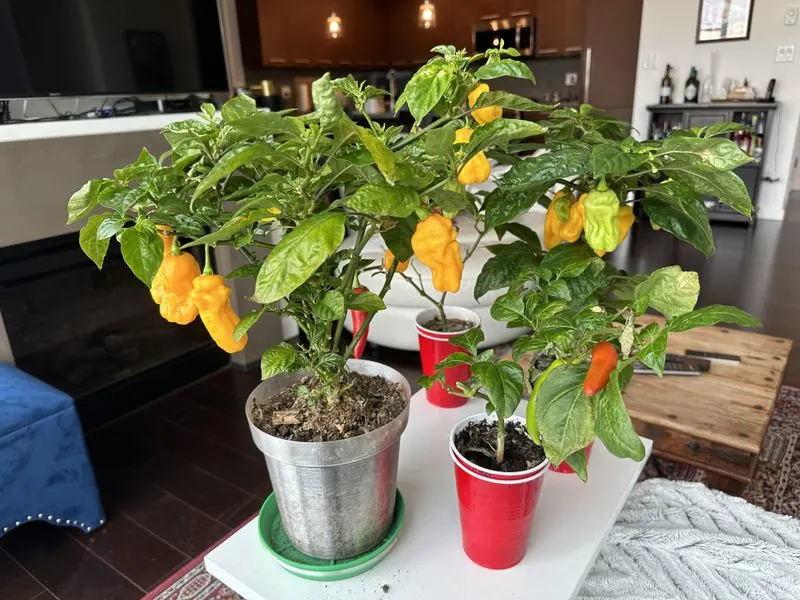
Sharing your pepper bounty builds community spirit. Neighbors and friends appreciate the vibrant colors and flavors of homegrown peppers. Organize a pepper swap or donate to local food banks. Engage with fellow gardeners to exchange tips and varieties, enhancing your growing knowledge. Sharing encourages a culture of generosity and sustainability, fostering connections over a mutual love for gardening. Additionally, gifting peppers introduces others to the joys of growing and cooking with them, spreading the enthusiasm and satisfaction of cultivating peppers throughout your community. It’s more than sharing produce; it’s sharing a passion.

